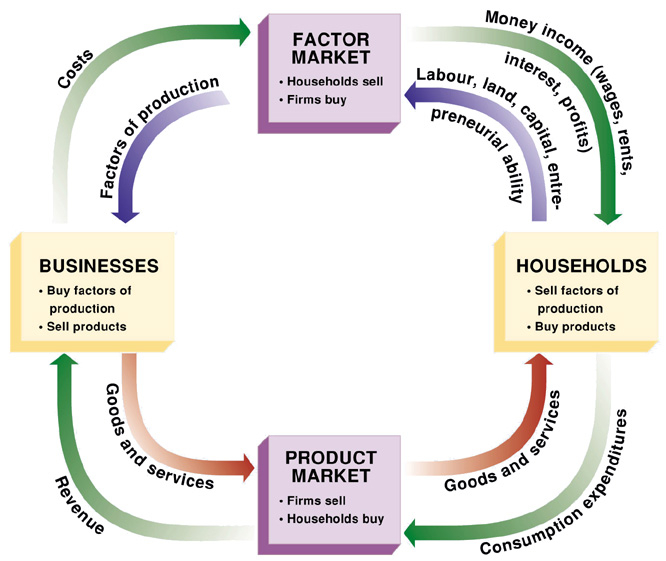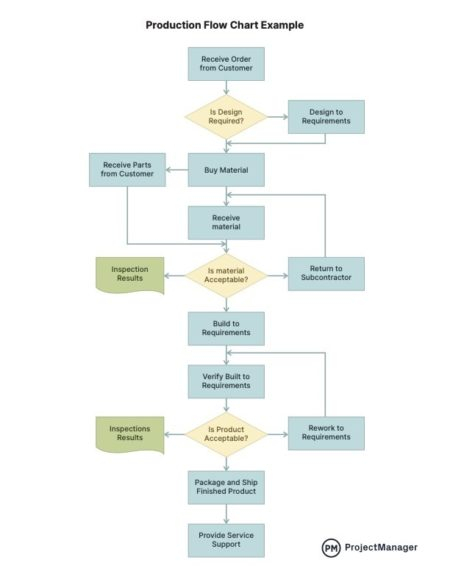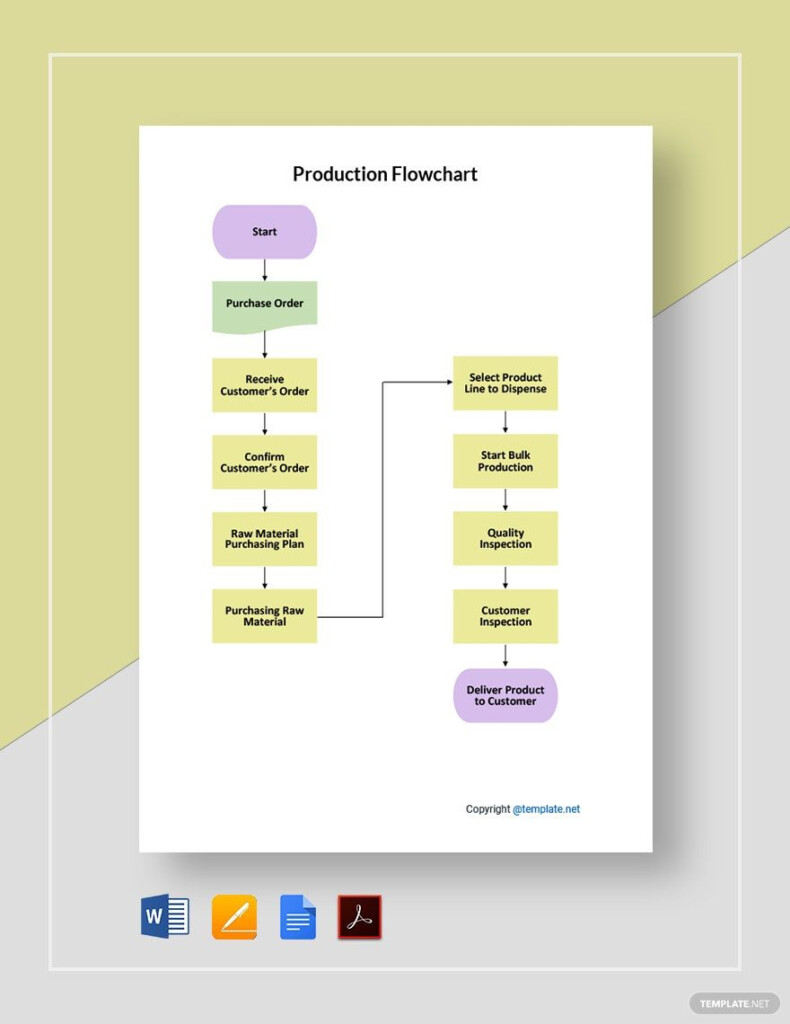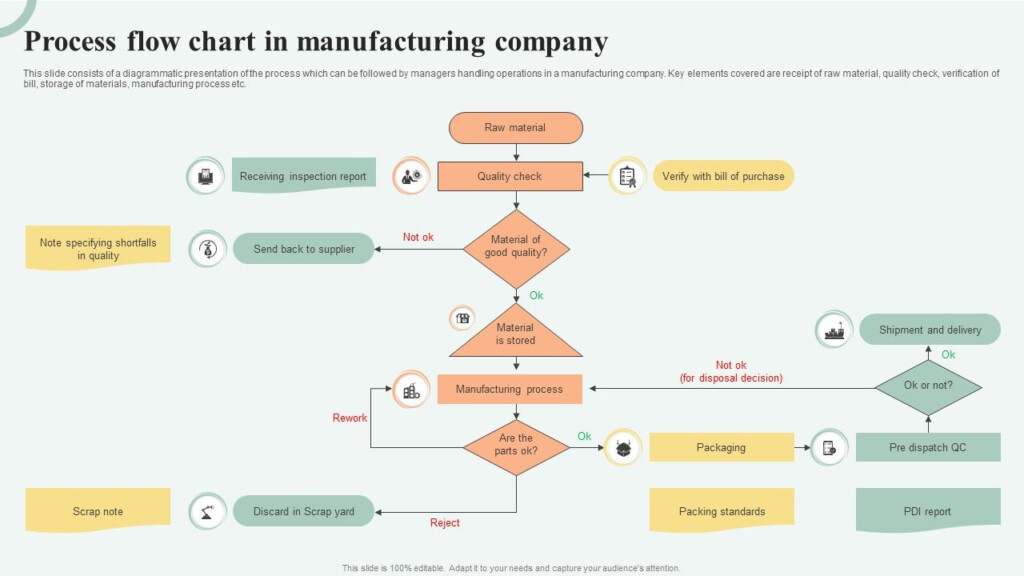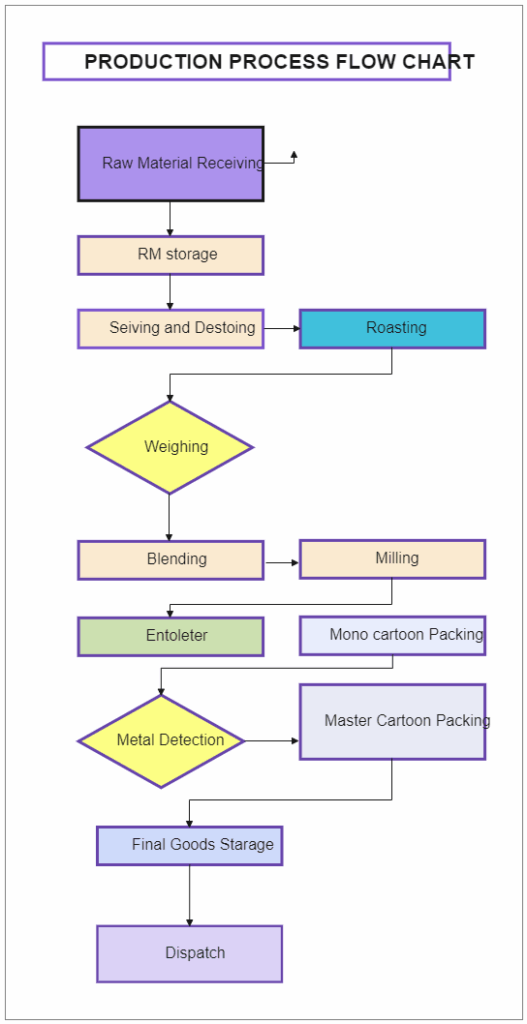Factors Of Production Flow Chart
Factors of Production Flow Chart: Understanding the Key Elements of Economic Production
In economics, the production process is driven by the interaction of various factors of production. These factors include land, labor, capital, and entrepreneurship, each playing a crucial role in the creation of goods and services. Understanding how these factors interact and flow through the production process can provide valuable insights into how economies function and how businesses operate. In this article, we will explore the factors of production flow chart and delve into the key elements that drive economic production.
Land: The Foundation of Production
Land is often considered the first and most fundamental factor of production. It includes natural resources such as minerals, water, and fertile soil, as well as physical infrastructure like factories and buildings. In the factors of production flow chart, land serves as the foundation upon which all other factors are built. Land is essential for the extraction of raw materials, the cultivation of crops, and the location of production facilities. Without land, the production process would come to a standstill.
Labor: The Human Element
Labor represents the human effort and skill that is required to produce goods and services. In the factors of production flow chart, labor is depicted as the input that transforms raw materials and capital into finished products. Labor includes both physical and mental work, ranging from manual labor in factories to creative work in design studios. The efficient allocation of labor is crucial for maximizing productivity and ensuring the smooth flow of production. By understanding the role of labor in the production process, businesses can optimize their workforce and improve overall efficiency.
Capital: The Tools of Production
Capital refers to the tools, equipment, and machinery that are used in the production process. In the factors of production flow chart, capital is illustrated as the intermediary between labor and land, facilitating the transformation of inputs into outputs. Capital includes physical assets like machinery and technology, as well as financial assets like investments and loans. The effective utilization of capital is essential for enhancing productivity and driving economic growth. By investing in capital assets, businesses can improve efficiency, reduce costs, and increase output.
Entrepreneurship: The Driving Force
Entrepreneurship represents the innovative spirit and risk-taking attitude that drives economic production. In the factors of production flow chart, entrepreneurship is depicted as the catalyst that coordinates the other factors and drives the production process forward. Entrepreneurs identify opportunities, allocate resources, and take calculated risks to create value and generate profits. By understanding the role of entrepreneurship in the production process, businesses can foster creativity, adapt to changing market conditions, and seize new opportunities for growth.
Conclusion
In conclusion, the factors of production flow chart provides a valuable framework for understanding the key elements that drive economic production. By analyzing the interactions between land, labor, capital, and entrepreneurship, businesses can optimize their production processes, improve efficiency, and drive economic growth. By leveraging the insights provided by the factors of production flow chart, businesses can gain a competitive edge in today’s dynamic marketplace and achieve long-term success.
Download Factors Of Production Flow Chart
How To Make A Production Flow Chart For Manufacturing with Example
Production Planning Flow Chart
Flow Chart Of Production Manufacturing Process Flow Chart Template
Production Flow Chart
